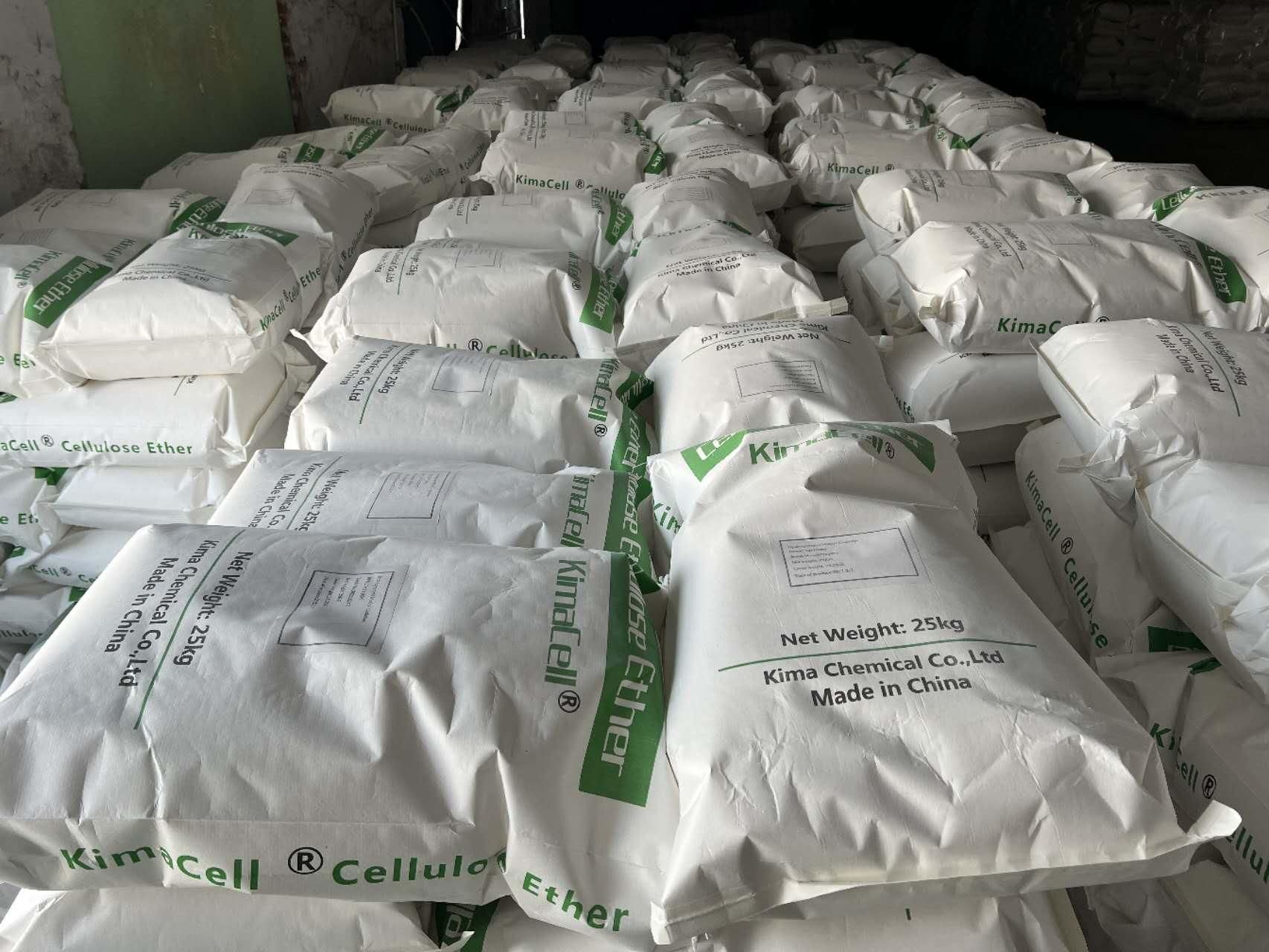Improvement effect of hydroxypropyl methylcellulose on water retention of building mortar
1. The necessity of water retention of hydroxypropyl methylcellulose
The water retention of mortar refers to the ability of mortar to retain water. Mortar with poor water retention is prone to bleeding and segregation during transportation and storage, that is, water floats on the top, and sand and cement sink below. It must be re-stirred before use. All kinds of bases that require mortar for construction have certain water absorption. If the water retention of the mortar is poor, the ready-mixed mortar will be absorbed as soon as the ready-mixed mortar comes into contact with the block or base during the application of the mortar. At the same time, the outer surface of the mortar evaporates water into the atmosphere, resulting in insufficient moisture in the mortar due to dehydration, which affects the further hydration of the cement, and at the same time affects the normal development of the mortar strength, resulting in strength, especially the interface between the hardened mortar and the base layer. becomes lower, causing the mortar to crack and fall off. For the mortar with good water retention, the cement hydration is relatively sufficient, the strength can be developed normally, and it can be better bonded to the base layer.
2. Traditional water retention methods
The traditional solution is to water the base, but it is impossible to ensure that the base is evenly moistened. The ideal hydration goal of cement mortar on the base is: the cement hydration product penetrates into the base along with the process of the base absorbing water, forming an effective “key connection” with the base, so as to achieve the required bond strength. Watering directly on the surface of the base will cause serious dispersion in the water absorption of the base due to differences in temperature, watering time, and watering uniformity. The base has less water absorption and will continue to absorb the water in the mortar. Before the cement hydration proceeds, the water is absorbed, which affects the penetration of cement hydration and hydration products into the matrix; the base has a large water absorption, and the water in the mortar flows to the base. The medium migration speed is slow, and even a water-rich layer is formed between the mortar and the matrix, which also affects the bond strength. Therefore, using the common base watering method will not only fail to effectively solve the problem of high water absorption of the wall base, but will affect the bonding strength between the mortar and the base, resulting in hollowing and cracking.
3. The role of hydroxypropyl methylcellulose in water retention
The water retention performance of hydroxypropyl methylcellulose has many advantages:
(1). The excellent water retention performance makes the mortar open for a longer time, and has the advantages of large-area construction, long service life in the barrel, and batch mixing and batch use.
(2). Good water retention performance makes the cement in the mortar fully hydrated, effectively improving the bonding performance of the mortar.
(3). Mortar has excellent water retention performance, which makes the mortar less prone to segregation and bleeding, and improves the workability and constructability of the mortar.
Post time: Jun-05-2023

